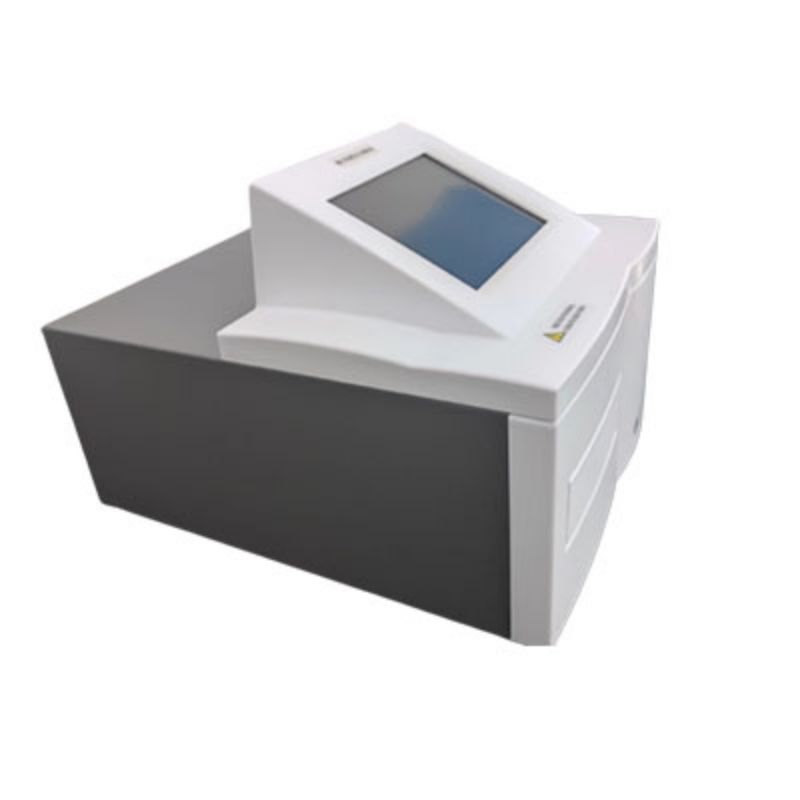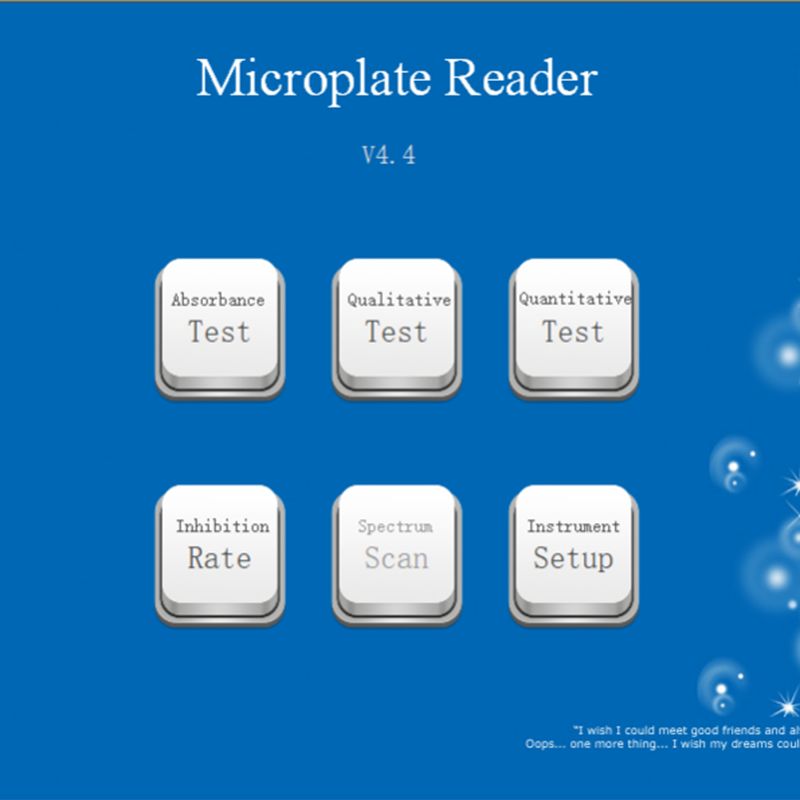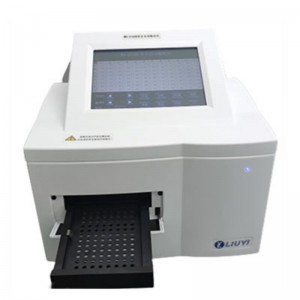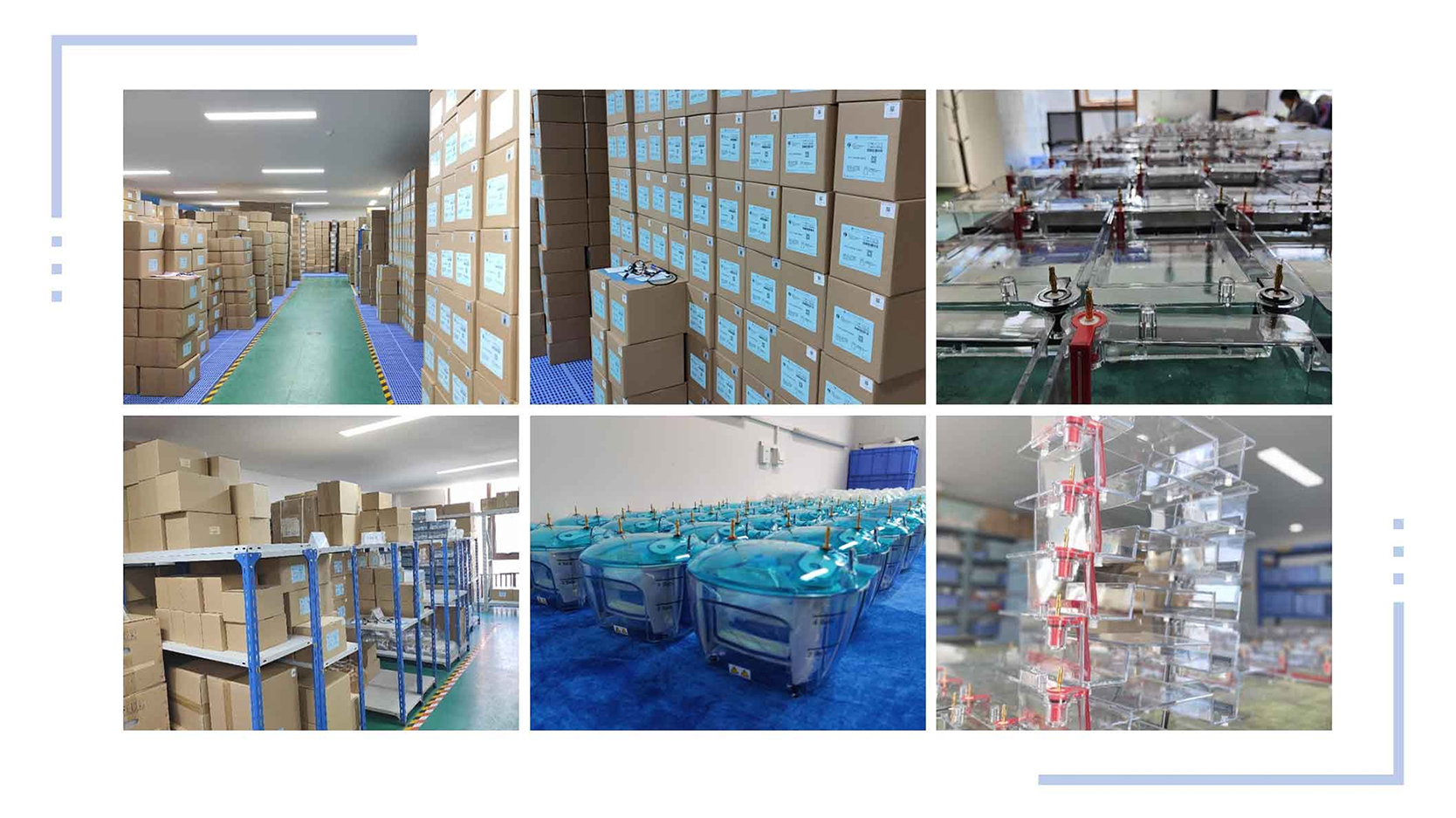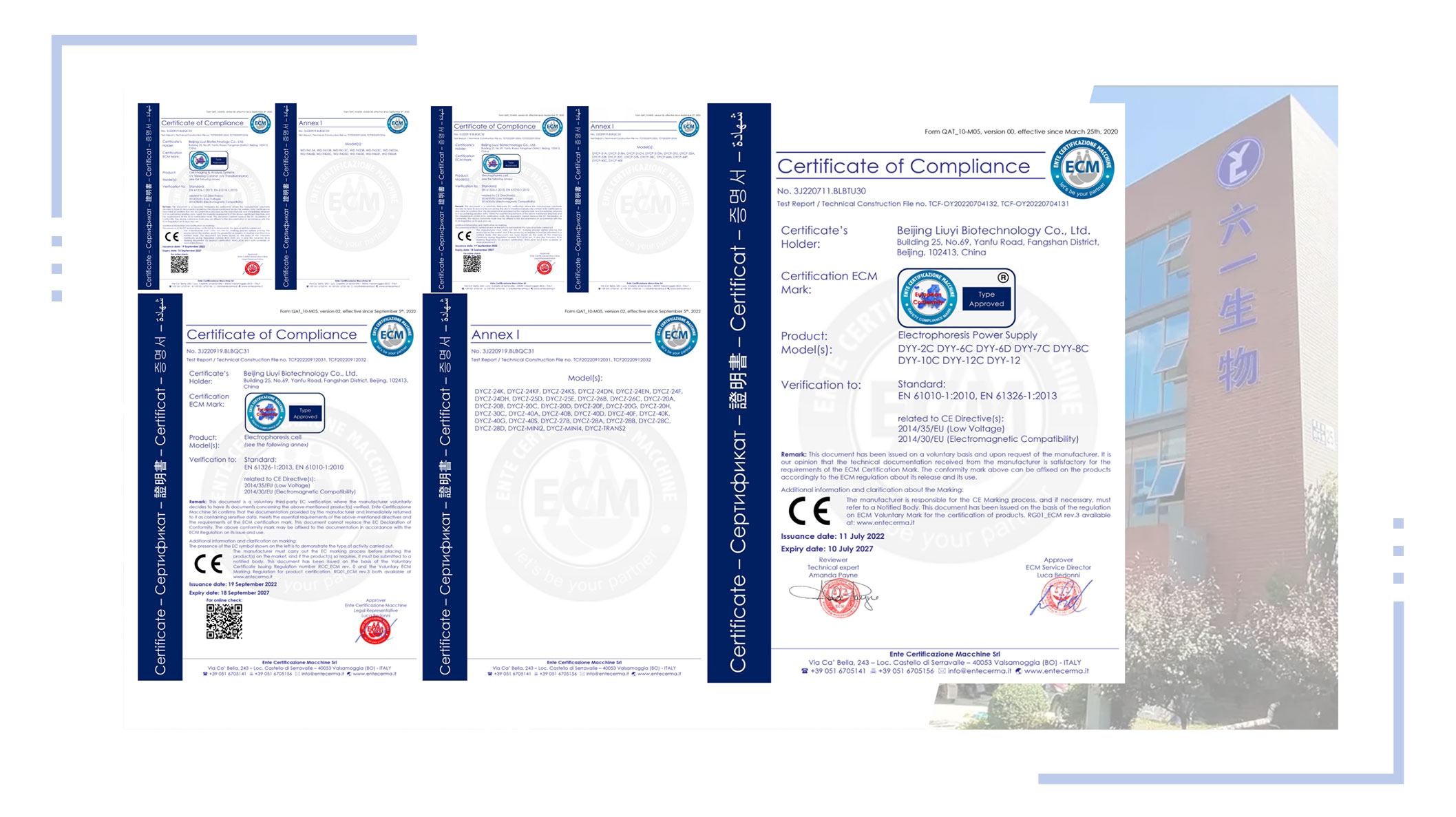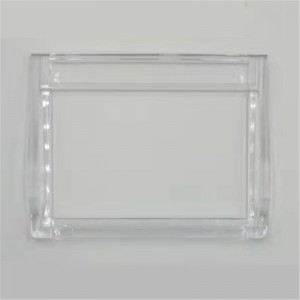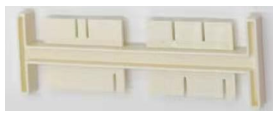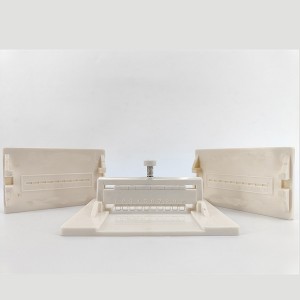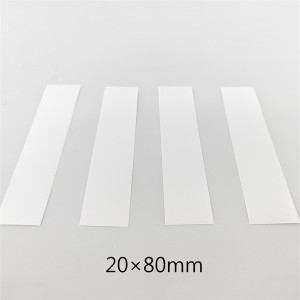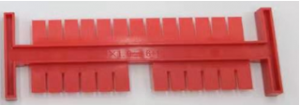Microplate Reader WD-2102B
Specifications
|
Dimension (LxWxH) |
433×320×308mm |
|
Lamp |
DC12V 22W Tungsten halogen lamp |
|
Optical path |
8 channel vertical light path system |
|
Wavelength range |
400-900nm |
|
Filter |
Default configuration 405, 450, 492, 630nm, can be installed up to 10 filters. |
|
Reading range |
0-4.000Abs |
|
Resolution |
0.001Abs |
|
Accuracy |
≤±0.01Abs |
|
Stability |
≤±0.003Abs |
|
Repeatability |
≤0.3% |
|
Vibration plate |
Three kinds of linear vibration plate function, 0-255 seconds adjustable |
|
Display |
8 inch color LCD screen, display the entire board information, touch screen operation |
|
Software |
Professional software, can store 100 groups program, 100000 sample results, more than10 kinds of curve fitting equation |
|
Power input |
AC100-240V 50-60Hz |
Application
Mircoplate reader can be widely used in the research laboratories, quality inspection offices and some other inspection areas such as agriculture & animal husbandry, feed enterprises and food companies. The products are non-medical equipment, so they can neither be sold as medical equipment nor be applied to the relevant medical institutions.
Featured
• Industrial grade color LCD display, touch screen operation.
• Eight channel optical fiber measurement system, imported detector.
• Center positioning function, accurate and reliable.
• Three kinds of linear vibration plate function.
• Unique open Cut-Off judgment formula,Think what you think.
• End point method, two point method, dynamics, single/ dual wavelength test mode.
• Configure the inhibition rate measurement module, dedicated to the field of food safety.
FAQ
1.What is a microplate reader?
A microplate reader is a laboratory instrument used to detect and quantify biological, chemical, or physical processes in samples contained within microplates (also known as microtiter plates). These plates are typically composed of rows and columns of wells, each capable of holding a small volume of liquid.
2.What can a microplate reader measure?
Microplate readers can measure a wide range of parameters, including absorbance, fluorescence, luminescence, and more. Common applications include enzyme assays, cell viability studies, protein and nucleic acid quantification, immunoassays, and drug screening.
3.How does a microplate reader work?
The microplate reader emits specific wavelengths of light onto the sample wells and measures the resulting signals. The interaction of light with the samples provides information about their properties, such as absorbance (for colored compounds), fluorescence (for fluorescent compounds), or luminescence (for light-emitting reactions).
4.What are absorbance, fluorescence, and luminescence?
Absorbance: This measures the amount of light absorbed by a sample at a specific wavelength. It's commonly used to quantify the concentration of colored compounds or the activity of enzymes.
Fluorescence: Fluorescent molecules absorb light at one wavelength and emit light at a longer wavelength. This property is used to study molecular interactions, gene expression, and cellular processes.
Luminescence: This measures the light emitted from a sample due to chemical reactions, such as bioluminescence from enzyme-catalyzed reactions. It's often used for studying cellular events in real-time.
5.What is the significance of different detection modes?
Different assays and experiments require specific detection modes. For example, absorbance is useful for colorimetric assays, while fluorescence is essential for studying biomolecules with fluorophores, and luminescence is employed for studying cellular events in low-light conditions.
6.How are microplate reader results analyzed?
Microplate readers often come with accompanying software that allows users to analyze the data collected. This software helps to quantify the measured parameters, create standard curves, and generate graphs for interpretation.
7.What is a standard curve?
A standard curve is a graphical representation of known concentrations of a substance used to correlate the signal produced by the microplate reader with the concentration of the substance in an unknown sample. This is commonly used in quantification assays.
8.Can I automate measurements with a microplate reader?
Yes, microplate readers are often equipped with automation features that allow you to load multiple plates and schedule measurements at specified time intervals. This is particularly useful for high-throughput experiments.
9. What considerations are important when using a microplate reader?
Consider factors such as the type of experiment, appropriate detection mode, calibration, plate compatibility, and quality control of the reagents used. Also, ensure proper maintenance and calibration of the instrument for accurate and reliable results.







